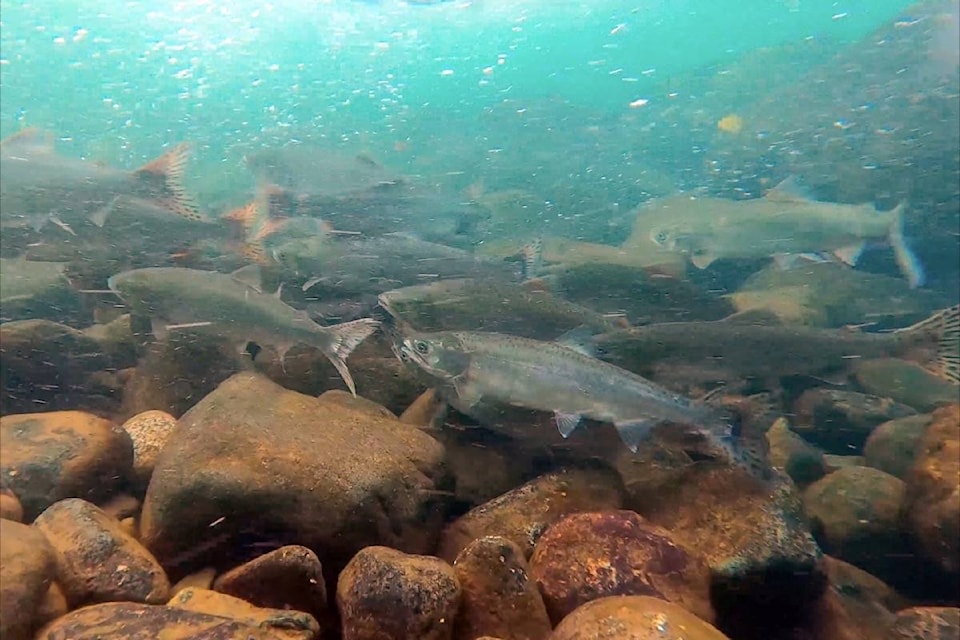The Quinsam River Hatchery in Campbell River has reported the highest pink salmon return in 10 years.
Edward Walls, the Watershed Enhancement Manager at the hatchery, says over a million pink salmon have returned to the Quinsam and Campbell River this fall, marking the largest return since 2013 and 2014.
This year's figure has doubled from previous years, but pink salmon numbers have been strong for the past five years, with over a half million salmon returning each year for five years, Walls said.
Every spring, the hatchery releases salmon that make their way to the ocean where the fish must survive until it's time for them to return to rivers to spawn. Because the lifecycle of pink salmon is two years, this large return is from 2022, Wall said.
What has made this return "atypical," he explained, is the hatchery anticipated a survival rate of about three per cent, which would have resulted in around half a million fish returning, similar to past years. However, this year, the survival rate is nearly six to seven per cent.
The typical ocean survival rate for Pacific salmon, which is considered "normal," is about three per cent, but it depends on the species.
"Whatever the pinks are encountering when they first leave the rivers and go out to the ocean are favourable conditions for so many of them to do well," Walls said.
The coho return is also one of the biggest the hatchery has seen in recent years, he added. The figures are expected to fall within the six to seven per cent range, similar to the pinks.
READ ALSO: Salmon return to Vancouver Island watersheds
However, these high salmon returns are certainly not the norm across B.C. For example, this year's Fraser River salmon run has reached its lowest level in over a century of recorded data, with only 450,000 salmon.
According to Fisheries and Oceans Canada, the combined effects of our changing climate, severe weather events, and human activities pose a significant threat to salmon populations. These environmental shifts impact Pacific salmon throughout their entire life cycle, especially during important periods of reproduction and early development when they depend on freshwater habitats.



